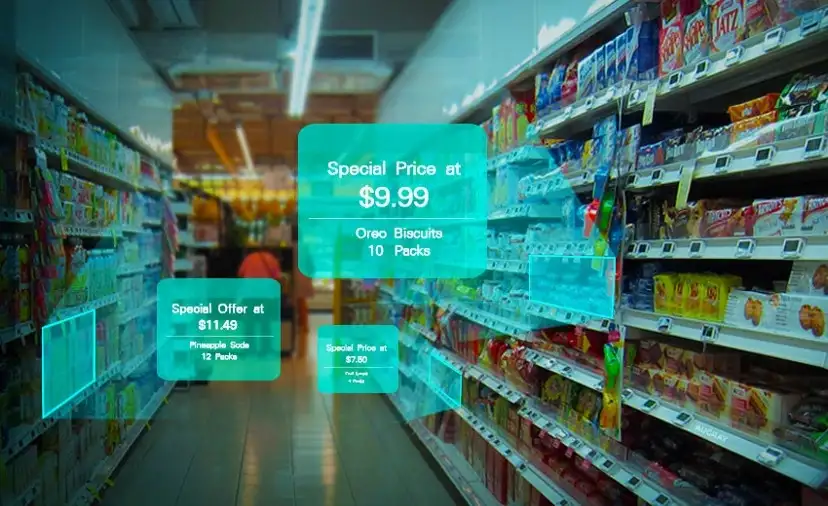A recent tech outage – Crowdstrike bringing down Windows systems – showed us yet again how fragile we are with important infrastructure. Because of just-in-time processes and finely optimised systems, some failure that is truly tragic will only be noticed afterwards. To mitigate this, and improve redundancy greatly, and save society from monopolies and provide jobs and lessen inequality… we only need one rule.
In nominated critical industries (there will be many), no business and no system can have more than one-third market share.
An easy example is computer operating systems. They need to make sure they never have more than 33% share in any industry, for example airline booking systems. Neither can computer manufacturers, RAM makers, microchip makers, hard drive makers. At least 3 software companies must make the booking systems, and they cannot share code.
Bananas are mostly Cavendish in Australia – that needs to change.
Achieving this rule is actually very easy. Dominant players charge more, degrade quality or remove features until they lose appeal enough for some other to have inroads.
The problem we have today is industries are like a game of chicken, and the less resilient you are, the more potential upsides and downsides. It is risk for profits, and sometimes a race to the bottom. Recently some emerging car companies failed because interest rates went up. They were too finely leveraged.
There are industries controlled by a few (meat-packers in the US, supermarkets in Australia) which only has one advantage – market efficiency to enrich their owners. Every else about their duopolies (or whatever three players is called) is a negative to the rest of society.
With the rise of the machines/AI, we will need more jobs, and some inefficiencies will be good for us.
Back to the computer example – we can easily have Windows/Mac/Linux. Having multiple sources of microprocessors would be great! Instead of 90% coming from Taiwan. Having spaceships going to the space station using different computer systems will mean those astronauts have two ways to get home. When the airline booking systems go down, it only affects a third of airlines (per country). Or supermarket checkouts.
We could even perhaps extend it to money – as in state currencies cost enough of a premium that crypto alternatives become appealing.

